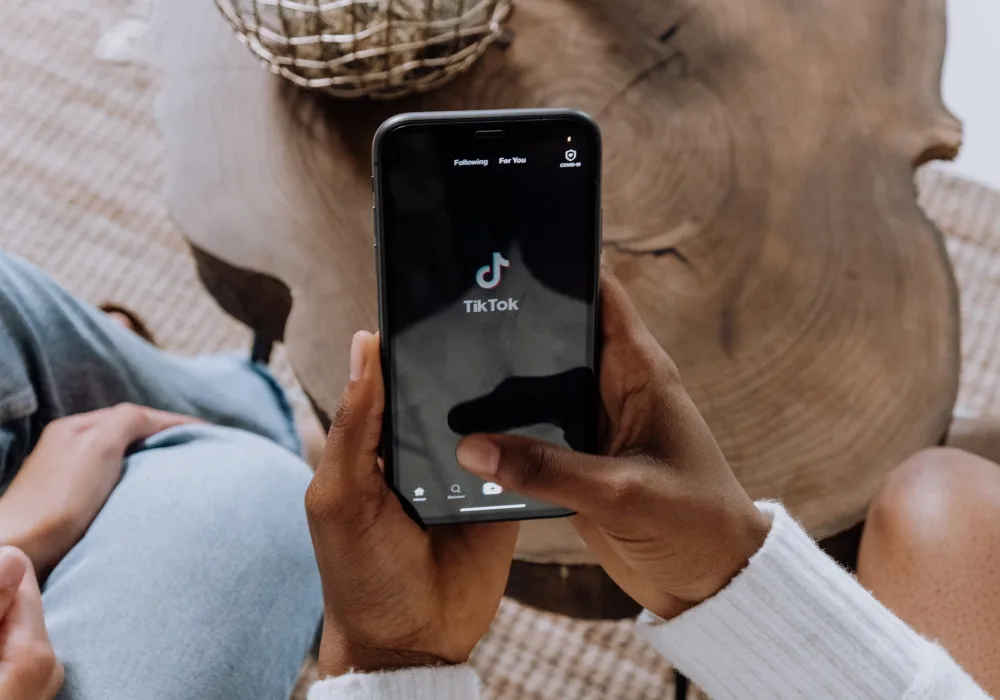Traditional audience segmentation by age, gender, race, or other demographics is no longer the way to go, according to research from TikTok. Looking at the mindsets of consumers, whatever their demographic, appears to be the best way to identify the people marketers should be targeting.
The TikTok-commissioned research, carried out by Clear M&C Saatchi, found that most users of the popular short-form video app fell into a combination of four mindsets: ‘entertain me’, ‘participate’, ‘uplift’, and ‘discover’.
Of the 4,000 people surveyed across the UK, France, Germany, Italy, and Spain, 75% visit TikTok to be entertained. This mindset is characterised by wanting to laugh, smile, and not take things too seriously.
Meanwhile, consumers with a ‘participate’ mindset want to be part of a community. Importantly, for marketers, 83% of people with this mindset are likely to respond to branded content on TikTok, compared to 59% on average.
Those who seek an ‘uplift’ use TikTok to switch off from the world and live through other people’s happy, relaxing, and satisfying content, while ‘discover’ mindsets seek a distraction to break up the day.
Overall, 60% of people feel positive and playful while on TikTok, and happier after using it, according to the research.
“For a long time, marketers have been obsessed with demographics. As an industry, we’ve long seen someone’s birth year as their defining characteristic. But, in reality, we are really just ascribing to them all sorts of traits and behaviours that could apply to anyone. At TikTok, we believe mindset matters more than age. With our inclusive mission to inspire creativity and bring joy, TikTok holds multi-generational appeal for audiences throughout Europe,” said Stuart Flint, Head of Europe, Global Business Solutions at TikTok.
“Our research set out to identify the different mindsets that exist when people use platforms, including TikTok. It shows that there are clear and very different mindsets, each of these with their own unique characteristics. These mindsets represent an opportunity for advertisers and marketers to change the way they engage with people and build different associations with their brands.”









